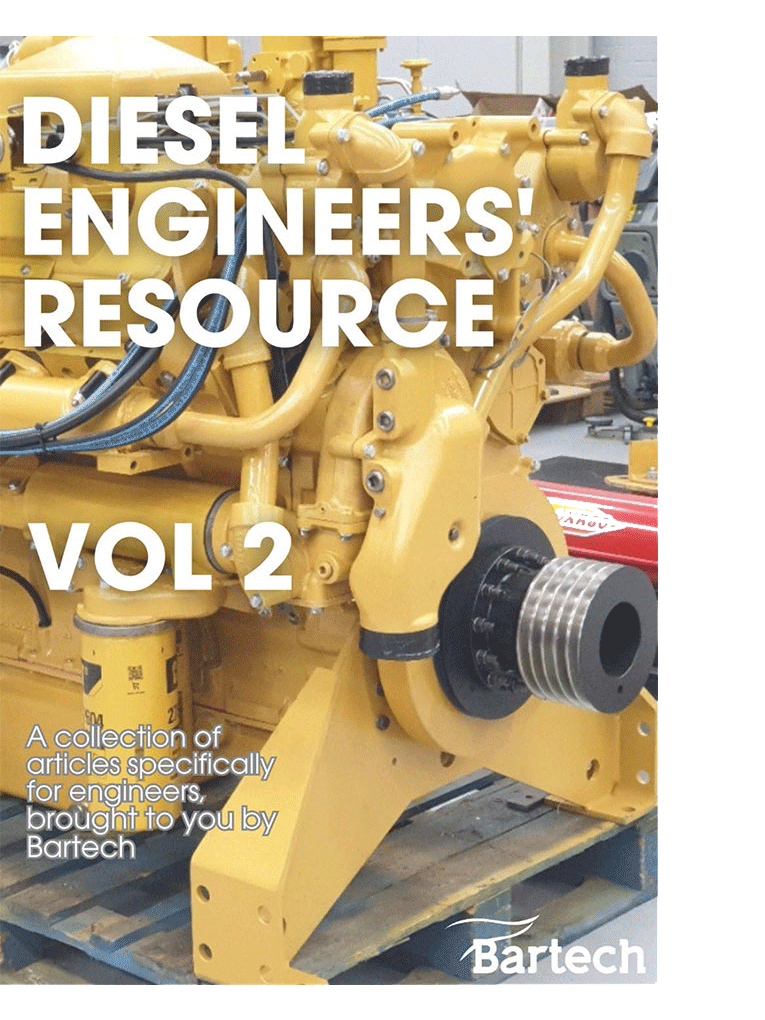We had a call the other day, with an offshore customer reporting problems starting their MTU 16V2000 engine.
The offshore engineers had already established that there was air in the fuel system, so they were already bleeding the fuel system before starting.
This method was working as a stopgap option, but it was no good as part of the emergency generation system unless an engineer was paid to be there 24 hours a day, round the clock.
We deployed our engineer Matt, and his immediate focus was on locating where the air was getting into the fuel system.
First off, he checked all the pipes and fittings to see if there was an obvious route, but all checks suggested that there was nothing wrong with either.
His next port of call was to loosen the returned pipe, and that’s where things started becoming clearer.
Here’s a quick clip of the amount of the air that was getting into fuel:
By loosening the pipe, Matt was able to not only see the amount of air, but also tell by the smell that it wasn’t clean air, but combustion gases.
Armed with this information, the next step was to check the fuel lines to the cylinder heads, and after removing the injectors, it was found that one of the sealing washers was damaged – that was enough to allow air from the cylinder into the fuel line.
All the washers were replaced, and the engine was brought back on-line, with no need to repeatedly bleed the fuel system.
The result was a safety critical engine able to start when needed without intervention.
If you’re having to regularly bleed the fuel system on your engines, checking the type of air getting in will be a big help in locating the source.
And if you want us to take a look at it, contact us via email or over the phone.


